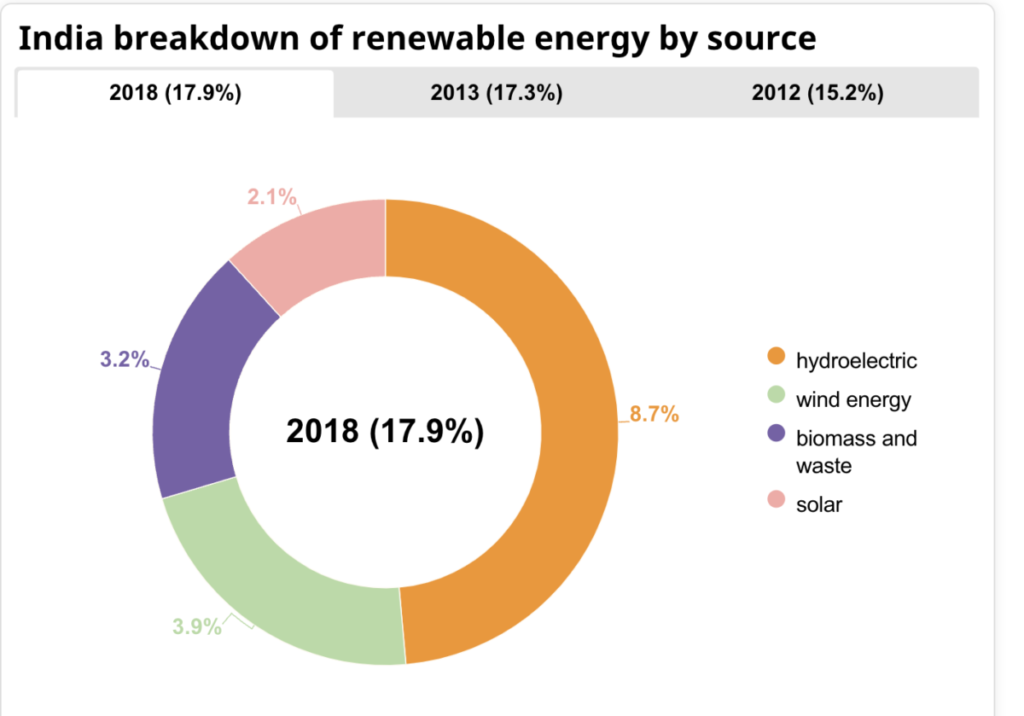India is rich in natural resources and has seen steady GDP growth of around 5.8% for 20 consecutive years. The service sector is crucial to GDP (Fiksel et al., 2021). Indian It companies provide services worldwide. Agriculture provides food and employment for many of the population (Kumar et al., 2020). Indian Textile Corporation is one of the largest textile companies in the world, with operations ranging from fiber production to ready-made garments. These include cotton, wool, silk, and synthetic textiles, making them important to domestic consumption and international exports. The balance of payments crisis of 1991 prompted the Indian government to liberalize the economy, moving toward a free market that encourages foreign investment and trade. Some of India’s natural resources include, mica, diamonds, natural gas, oil, arable land, and chromite are among the minerals found in the region.
In addition to these products, India has a wide range of indigenous products it can sell to the United States, such as textiles, and wooden crafts. The India textiles segment is estimated at $ 16 bn, representing about 6% of the global market. In addition to highlighting Indian culture, these products also appeal to consumers looking for sustainability and uniqueness. India can sell products to the United States by expanding trade relations with countries like Bangladesh and Nepal. The existing level of competition in the textile domain between the two countries is high. Collaborating for sustainable fashion initiatives certainly can bring unique products to the market in the United States. With Indian craftsmanship and Bangladeshi manufacturing, both countries can produce environmentally friendly quality clothing. The Partnerships between The data also showed that the country missed its export target of $33.785 billion by 6.89%. A category-wise comparison showed that knitwear exports grew 21.94 percent to $16.960 billion in July 2020-21 as against $13.908 billion in the previous fiscal, the data showed.




